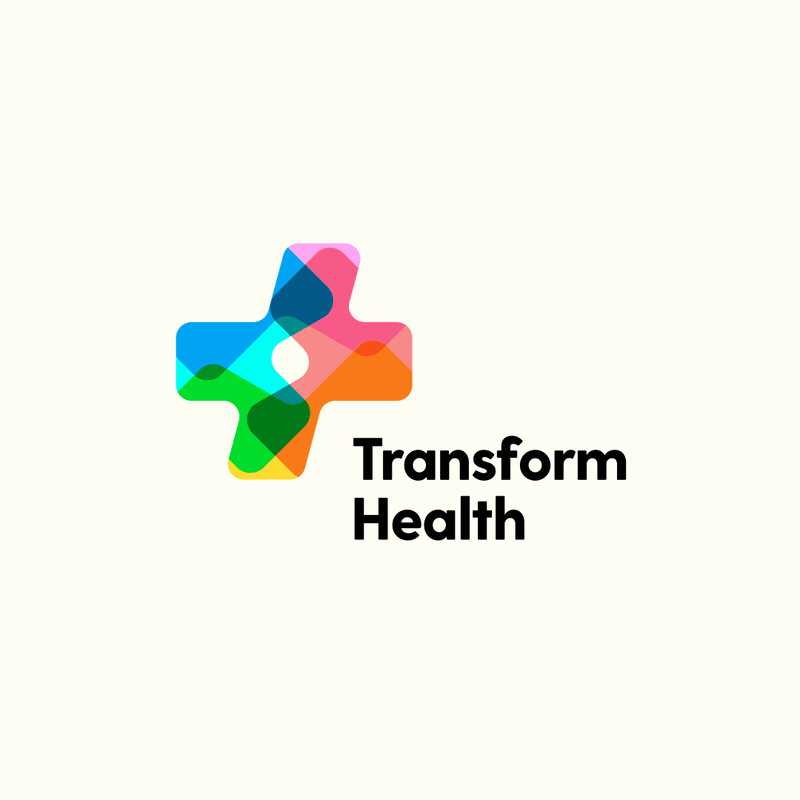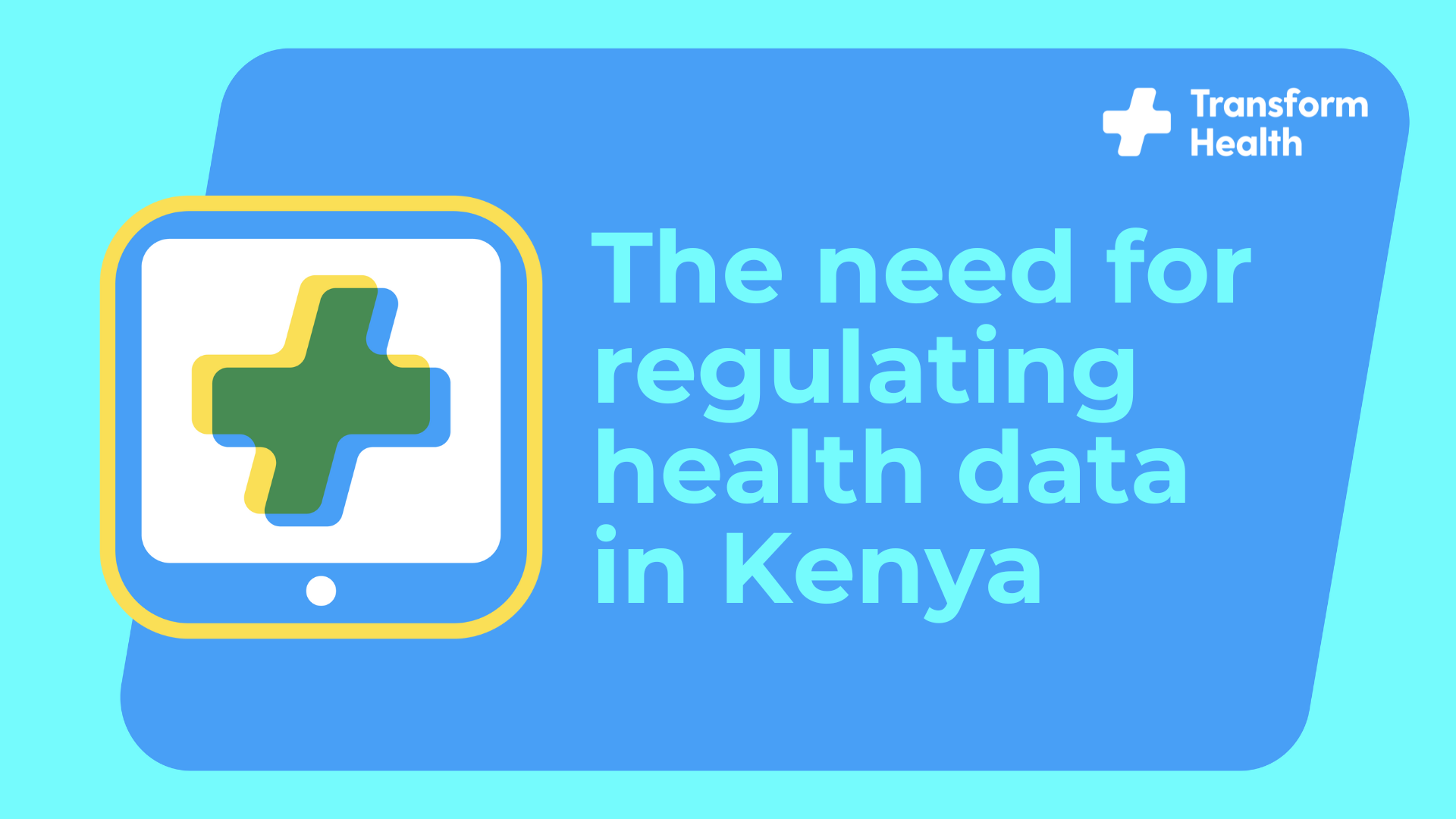~ Dr Martin Makau, Clinical Lead, Health X Africa
Digital health is revolutionizing healthcare around the world, and Kenya is no exception. Digital health technologies have the potential to improve the accessibility, quality, and efficiency of healthcare services, particularly in underserved areas. The provision and utilization of digital health has been increasing and is predicted to increase even further in the future. If one looks at health-related mobile applications for example, the number of new applications available are astounding, according to some estimates there are now over 350,000 health related mobile applications [1]. With the increasing use of digital tools, technologies, and systems for the provision of healthcare services it is essential to have regulations in place to ensure that these are safe, effective, supportive, and accessible to all rather than disruptive or harmful. [2]
Healthcare regulation and the growth of digital health in Kenya
Healthcare service delivery is strongly regulated in Kenya by the Ministry of Health and professional regulatory bodies, but no regulatory frameworks exist on legislation for technology-driven innovations in health, although references within the Health Act 2017 set the stage for such regulatory frameworks in the future. Article 104, section 25 of the Act states that:
“The Cabinet Secretary shall, within three years of the operation of this Act, ensure the enactment of legislation that provides for among other things (a) administration of health information banks including interoperability framework, data interchange and security; (b) collection and use of personal health information; (c) management of disclosure of personal health information; protection of privacy; (d) business continuity, emergency and disaster preparedness; I health service delivery through M-health, E-learning and telemedicine; (f) E-waste disposal; (g) and health tourism.”
The onset of the COVID-19 pandemic, and the subsequent need to leverage technology to deliver health services has spurred action on this front. As in much of the rest of the world, with the pandemic came movement restrictions that necessitated improvisation in the delivery of healthcare in Kenya. Existing technologies were applied to health service delivery to enable the safe and continued delivery of healthcare without the need for the patients and providers to meet physically, which was often impossible given pandemic rules. In the absence of a regulatory body to oversee digital health service interventions, including telemedicine, the Kenya Medical Practitioners and Dentists’ Council (KMPDC) established the Virtual Medical Services Provider registration, the main requirement being having a link facility that was at least a level 2 (Medical Clinic). This resulted in rapid formal registration of virtual medical providers (22 as of February 2021, and many subsequently). However, Virtual Medical Services Provider licensing, while developed in good time and out of necessity, requires further elaboration to avoid ambiguity, add purpose, gain legal status, and serve the needs of all health cadres that extend beyond the Council’s scope.
Healthcare regulations – why do we need them?
Lack of or ineffective regulation in Kenya, and worldwide, has led to loopholes being exploited by unregistered, unscrupulous, untrained providers operating virtually to deliver health services, placing registered health workers and patients alike in peril. Formal health providers end up competing against unregulated providers despite bearing the cost of compliance. Within an open and unregulated digital landscape legitimate operators are relatively indistinguishable from the unregulated providers, and end up having to deal with complications that may arise from patients mismanaged by rogue operators. The patients on the other hand are faced with increasing challenges trying to distinguish legitimate from unregistered or even unqualified ones, which puts them at increased risk of misdiagnosis, botched or harmful procedures, wrongful treatment and erroneous lifestyle advice among others. Patients at greatest risk of being managed by unregulated providers are those in rural areas, remote areas and of a low socioeconomic status. These are patients for whom digital health and telemedicine promises to offer health solutions. [3]
Digital Health vs Conventional Health – What are the regulatory differences?
Digital Health is defined by WHO (World Health Organization) as “the field of knowledge and practice associated with the development and use of digital technologies to improve health”. Simply put, it involves the provision of health services using electronic information and communication technology. The risks inherent to an unregulated healthcare space therefore apply to the digital health sector.
Additional risks to the provider include the risk of shared or distributed liability. For example, if the patient suffers harm purely from a defect in the digital health platform, how much is the healthcare provider protected from taking on liability as the result of the platform’s failure? [1]. Other issues likely to arise from unregulated digital health services are issues around data protection and safety, cross-border licensing, and quality assurance when delivering health services on a digital platform. [4]
In my opinion, lack of regulation in the digital health sector also adds risk to another player – the innovator. Telemedicine depends on technological innovations to thrive. Without a clear legislative framework, the innovator is left without guidance on the limits of innovation, the applicable standards, and requirements. This unpredictable regulatory environment where innovators face the prospect of their current innovations being declared redundant, inadequate or even illegal, with resultant loss of their investment acts as a disincentive. The innovator may also not understand their liabilities insofar as digital health service provision is concerned. This uncertain environment can in the end discourage innovators in health, both foreign and domestic, from investing in the health space in Kenya leading to a stunting of the number of healthcare solutions that can potentially be provided by technological innovations in Kenya.
Anticipated gains from digital health regulation and relevance to the private health sector.
While digital health services are currently provided by both privately owned and government owned facilities, the early adopters were mostly from the private sector. The private health sector after all plays a significant role in provision of health services in Kenya. 47% of the poorest quintile of Kenyans visit a private facility when their child falls sick, and this is estimated to be higher for the more affluent in the population [5]. 27.4% of Kenyans visit a private facility as their first point of contact (KNBS, 2018). Private facilities also invest heavily in innovation, introducing many new medical technologies in Kenya. In short, the role played by the private sector cannot be overemphasized, and the dangers of poor regulation and the benefits of good regulation would directly reflect on the health of the populace in Kenya.
The Ministry of Health (MOH) has been involved in developing regulatory frameworks for digital health, such as the eHealth policy for the years 2016-2030. The Ministry is also in the process of developing an eHealth bill to regulate the digital health field. This bill is timely especially given the rapid growth of the digital health field and the need for a more elaborate, legally binding framework to set standards and boundaries within which healthcare can be offered, while at the same time being careful not to stifle innovation or discourage digital solutions to health problems.
The eHealth bill stands to benefit both public and private providers of digital health services by giving them a predictable landscape in which to operate, providing certainty in their operating environment, giving them guidelines and standards to meet which removes the ambiguity of setting up operations. It will also help to attract investors who prefer to operate with a degree of certainty. It will help the private providers establish themselves as legitimate operators and distinguish themselves from unregistered/ noncompliant/ unqualified providers, creating a fairer business environment that will clamp down on rogue operators. This in turn will protect the patient from the risks of being treated by unqualified health practitioners and empower the patient to identify qualified health practitioners. Patient data will also be more secure and less prone to abuse and misuse. ICT practitioners and other innovators, with the right regulations, will have greater opportunities to innovate and to create more solutions to our healthcare problems, mainly accessibility, affordability and quality. The eHealth bill will also encourage integration of digital health into the healthcare system, bringing with it the benefits of digital health, integration of health data, faster reporting, and more accessible and accurate health registries.
In summary
It is evident that telemedicine and digital health systems will continue to grow in Kenya, and across the globe, and to be taken up as service delivery models that offer convenience, affordability, and efficiency. Regulators have the choice to let this growth continue unrestricted or to put in place and enforce legislation that protects patients and providers, encourages innovation, and sets standards for digital health today and for the future. The eHealth bill is welcome and, indeed, overdue.
References
- https://www.iqvia.com/-/media/iqvia/pdfs/institute-reports/digital-health-trends-2021/iqvia-institute-digital-health-trends-2021.pdf
- https://www.ncbi.nlm.nih.gov/pmc/articles/PMC6295946/
- https://onlinelibrary.wiley.com/doi/full/10.1111/hsc.13763
- https://bcmj.org/articles/legal-issues-confronting-21st-century-telehealth
- https://elibrary.worldbank.org/doi/abs/10.1596/978-0-8213-8359-9


